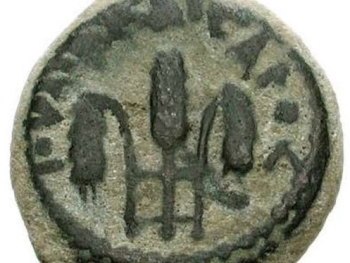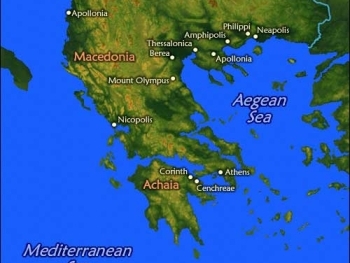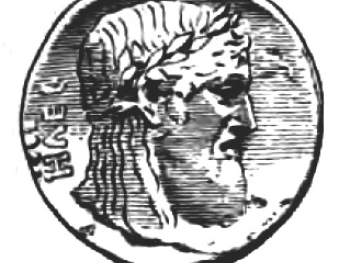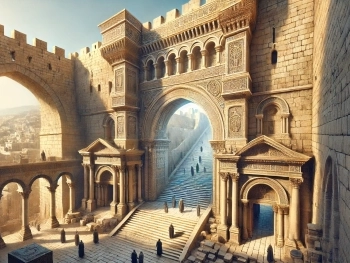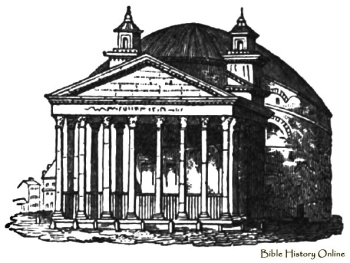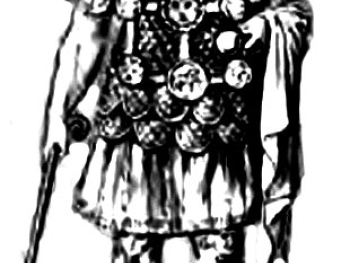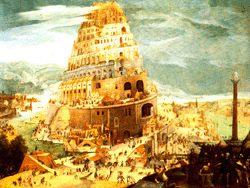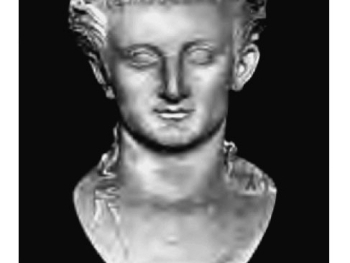The ancient city of Babylon, located in Mesopotamia, made significant contributions to the fields of mathematics and astronomy. With a keen interest in celestial observations and a sophisticated numerical system, the Babylonians developed groundbreaking techniques and concepts that influenced the progress of these sciences. Exploring the major contributions of ancient Babylon allows us to appreciate their mathematical achievements and astronomical insights.
- Numerical System and Base-60 Mathematics: The Babylonians utilized a base-60 numerical system known as sexagesimal. This system featured a combination of symbols, including cuneiform wedges, to represent numbers. The base-60 system allowed for highly versatile calculations, enabling precise measurements of angles, time, and astronomical phenomena. It formed the basis of our modern system for measuring time and angles (360 degrees in a circle, 60 minutes in an hour, etc.).
- Astronomical Observations and Records: The Babylonians were meticulous observers of the night sky, recognizing patterns and making accurate recordings of celestial events. They created clay tablets known as astronomical diaries, which detailed celestial observations, such as eclipses, planetary movements, and the positions of stars and constellations. These records formed the basis for predicting future astronomical phenomena and establishing long-term astronomical calendars.
- The Saros Cycle and Eclipse Prediction: Babylonian astronomers discovered the Saros cycle, a remarkable astronomical phenomenon that allows for the prediction of eclipses. They observed that eclipses repeat in cycles of approximately 18 years and 11 days. By understanding the periodicity of solar and lunar eclipses, the Babylonians were able to predict these celestial events with considerable accuracy, demonstrating their advanced knowledge of celestial mechanics.
- The Zodiac and Astrology: The Babylonians played a crucial role in the development of the zodiac and its connection to astrology. They divided the ecliptic, the path of the Sun across the sky, into twelve equal sections, each associated with specific constellations. This division formed the basis of the zodiac signs that are still used in astrology today, linking celestial positions to human affairs and personality traits.
- Geometric and Algebraic Techniques: Babylonian mathematics involved geometric and algebraic methods that were centuries ahead of their time. They solved problems related to land measurement, building construction, and inheritance using geometric principles. They also developed algebraic techniques, such as quadratic equations, to solve complex mathematical problems.
- Mathematical Tables and Calculations: The Babylonians created extensive tables for mathematical calculations, including square roots, cube roots, and multiplication tables. These tables, recorded on clay tablets, facilitated complex calculations and provided valuable mathematical reference tools for various applications.
Ancient Babylon's contributions to mathematics and astronomy were remarkable, laying the foundation for future scientific advancements. Their base-60 numerical system, astronomical observations, eclipse predictions, zodiac division, and mathematical techniques showcased their exceptional knowledge and ingenuity. The insights gained by the Babylonians in these fields influenced the development of mathematics and astronomy throughout the ancient world and continue to resonate in modern scientific endeavors. The legacy of ancient Babylon's mathematical and astronomical marvels serves as a testament to their intellectual achievements and their enduring impact on our understanding of the universe.
